Poinsettia Euphorbia pulcherrima



ABOUT
Euphorbia pulcherrima is a perennial evergreen shrub, usually reaching a height of 2 to 13 feet. It has dark green toothed leaves 3 to 6 inches long.
The colored bracts, which are usually fiery red and in cultivated varieties orange, pale green, cream, pink, white or marbled, are often mistaken for flower petals because of their grouping and color, but are actually leaves.
The color of the bracts is created through photoperiodism, which means they require darkness - at least fourteen hours for six to eight consecutive weeks - to change color. They also need plenty of light during the day for their bright color. This is why they only bloom in winter.
Poinsettia flowers are unassuming. They are clustered in cyathia (small yellow structures located in the center of each leaf bundle, or false flowers).
In its natural habitat, it grows up to 10-15 feet tall.
More than 100 varieties of poinsettias exist today.
About this plant
 Names
NamesFamily
Euphorbiaceae
Synonyms
Poinsettia, Christmas flower, Christmas star, Fire on the mountain, Lobster flower, Mexican Easter flower, Mexican flameleaf, Painted leaf, Pride of Barbados, Fire plant
Common names
Euphorbia pulcherrima
 Toxicity
ToxicityTo humans
The milky sap of Poinsettia is poisonous: can cause skin irritation.
Avoid getting the sap in the eyes. If eaten, can cause vomiting, stomach irritation, diarrhea. In sensitive people, the plant can cause hay fever (pollen allergy).
All operations with poinsettia should be carried out with great care, preferably wearing rubber gloves.To pets
It is best not to let your pets chew or swallow poinsettia leaves. Eating the leaves can cause vomiting and diarrhea.
The milky sap contained in the stems and leaves can irritate your pet's skin.
 Characteristics
CharacteristicsLife cycle
Perennials
Foliage type
Evergreen
Color of leaves
Various
Flower color
Yellow
Height
Up to 13 feet
Spread
Up to 13 feet
Plant type
Shrub
Hardiness zones
8
Native area
Mexico
Benefits
 General Benefits
General BenefitsPoinsettia one of the classic Christmas plant. It makes a great Christmas decoration and gift;
It has a very decorative appearance;
The leaves come in a variety of colors, so you can pick a poinsettia to match your interior or Christmas decorations;
Poinsettias are easy to care for;
Can purify the air in the room. Medical Properties
Medical PropertiesThere is no scientific evidence to support any medical properties of Euphorbia pulcherrima. However, in traditional medicine, the plant has been used for a variety of purposes, including treating fever, skin infections, and toothaches.
Some studies have found that extracts of the plant may have antioxidant and anti-inflammatory properties, but further research is needed to determine its potential medical applications. As of now, it is primarily used for ornamental purposes. Air-purifying Qualities
Air-purifying QualitiesPoinsettias are a great addition to your home because they can purify the air.
These plants remove traces of formaldehyde, which is released into the air from household items. Other Uses
Other UsesPoinsettias are popular Christmas decorations in homes, churches, offices and other places throughout North America.
Interesting Facts
 Feng Shui
Feng ShuiAccording to Feng Shui, this plant needs to be placed in the center of the room. Red leaves represent the Fire element, and the Tree element in the plant further ignites the flame, enhancing your natural glow.
They are said to bring an active and vibrant energy to your life. Zodiac Sign Compitability
Zodiac Sign CompitabilityThis plant for those born in December. Poinsettias fit the characteristics of December-borns, as these people are ambitious and eager to celebrate.
The zodiac sign Sagittarius, who is born in December, and the zodiac sign Capricorn, who is also born in December, enjoy receiving these flowers for their birthdays. Plant Symbolism
Plant SymbolismPoinsettias are a classic Christmas plant. Another name is the Christmas star. It is so named because it is a symbol of the Star of Bethlehem.
In Mexico, where the plant is from, there is a Christmas legend associated with it.
A girl presented the baby Jesus with a bouquet of wildflowers. Because she did it with love, her flowers turned into a beautiful bouquet of poinsettias.
 Water
WaterWater Poinsettia only when the top layer of soil is dry to the touch.
Water regularly, but the plant do not tolerate stagnant water and constant dampness, which will cause the root system of the plant to rot.
20 minutes after watering, make sure that there is no water in the pan. If water is present, it must be removed.
Usually, water Poinsettias 2 to 3 times a week. Light
LightPoinsettias grow best in bright indirect light, so place your plant near a sunny window where it will receive at least 6 to 8 hours of diffused light per day. Avoid direct sunlight, especially during the warmer months.
Although plants can survive fewer hours of light, they won't be as vigorous and long-lasting. Temperature
TemperatureA room temperature between 65-70 °F is perfect.
Avoid placing Poinsettias in places where the temperature fluctuates both up and down (e.g. near cold drafts, heat ducts, fireplaces, fans, heaters, etc.).
Poinsettias will be damaged if they are exposed to temperatures below 50 °F. Pruning
PruningThe first pruning is done after flowering. A sign that the plant has bloomed is the appearance of green leaves over the bright leaves. At this time, it is recommended that the plant be cut back completely and leave stems about 4 to 6 inches tall. This will prevent the bush from sprawling and will renew your plant. The second pruning is done around April, after transplanting. This is a shaping pruning. This will give you a beautiful plant.
 Cleaning
CleaningAs needed
 Soil
SoilPoinsettias need loose, well-drained soil with a neutral to slightly acidic pH of 5.5 to 7.0.
The best soil mix recipe is an all-purpose soil with organic matter such as peat and ingredients such as orchid bark for extra drainage. The key is to find a balance between adequate drainage and plenty of moisture. Repotting
RepottingReplanting is done in the spring, usually in April or May. This is done at the end of the dormancy period after the bush has young leaves.
If dry roots are found during transplanting, cut them off with sharp scissors and treat the cuts with crushed activated or charcoal. Humidity & Misting
Humidity & MistingPoinsettias like high humidity and they like humidity levels between 50% - 75%.
You can increase the humidity by using moss, a tray with pebbles, placing a humidifier near them or regular spraying. Suitable locations
Suitable locationsIndoor
All year round
Outdoor
Although poinsettias can be grown outdoors as shrubs in some areas, they do not tolerate the cold well. Therefore, they should be considered exclusively as indoor plants in most areas.
If temperatures in your area can be 59 °F and below - growing outdoors is not possible.
Since the plant is purchased for the Christmas holidays, in winter, avoid buying Poinsettias from unheated rooms or outdoors.Hardiness zone
9 - 11 USDA
 Life cycle
Life cycleBlossoms and has the most attractive appearance during the Christmas and New Year period. And since the most popular coloring of the plant is red and green (the classic Christmas colors), Poinsettias are a very popular purchase or gift.
After flowering, the plant loses its attractiveness and sheds its leaves. Many people assume the plant is sick or dead and throw it away. However, keep in mind that Poinsettias are perennials and these are the signs of its hibernation period. At the end of spring, the plant grows again and, with proper care, returns to its attractive appearance by the following Christmas. Propogation
PropogationPropogation time
Late spring - early summer
At home, these plants are propagated by rooting Poinsettia cuttings.
Take 3 to 6 inch cuttings from an adult, healthy plant just after dormancy in late spring - early summer. The cuttings should have at least 3 to 6 buds on them. Using rooting hormones will help you successfully root Poinsettia cuttings.
After that, the young plants have to be planted in soil. Cover the container with a plastic bag or glass to increase humidity and create a kind of greenhouse effect.
The cuttings will give roots about a month after planting.
 Pests
PestsSpider mite, Diaspididae, Whitefly, Thrips, Mealybug
 Diseases
DiseasesGrey mold, Powdery mildew
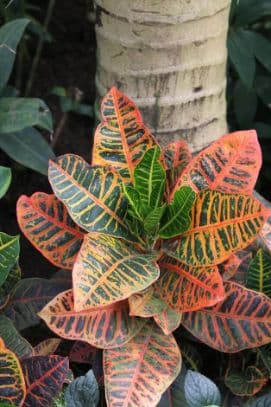

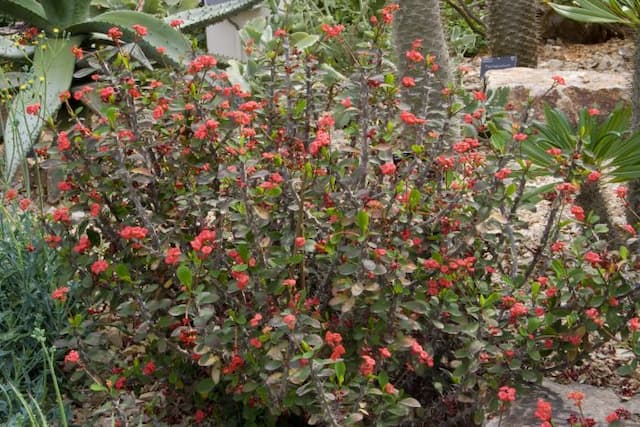

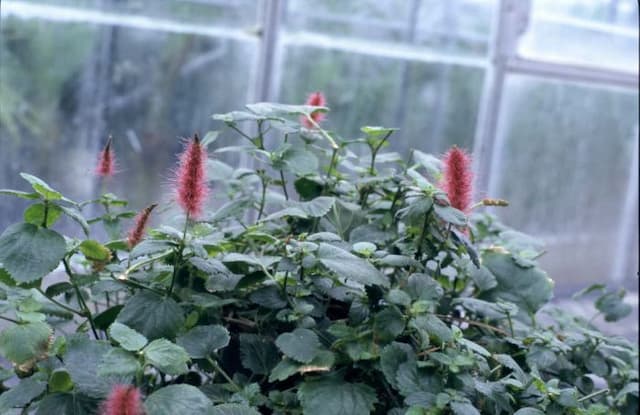
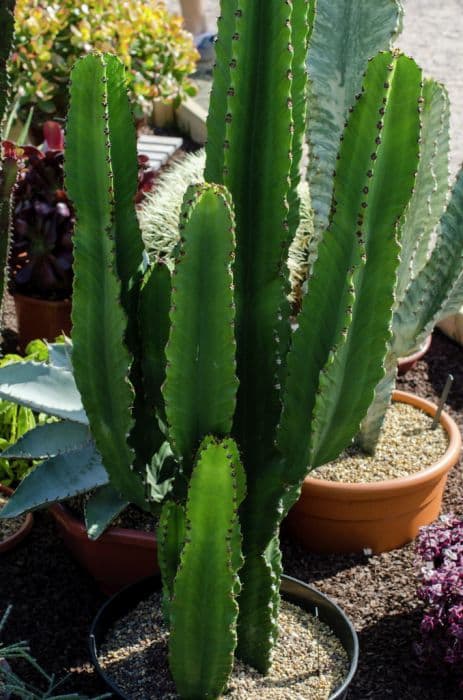
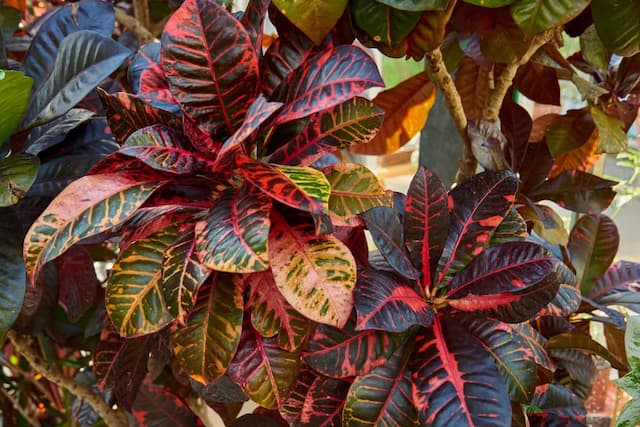
![Poinsettia [Jester Red]](/_next/image?url=https%3A%2F%2Fplants-admin.emdemapps.com%2Fimages%2Fplants%2F%2Fimages%2F604b55de5eb2c.png&w=640&q=75)

